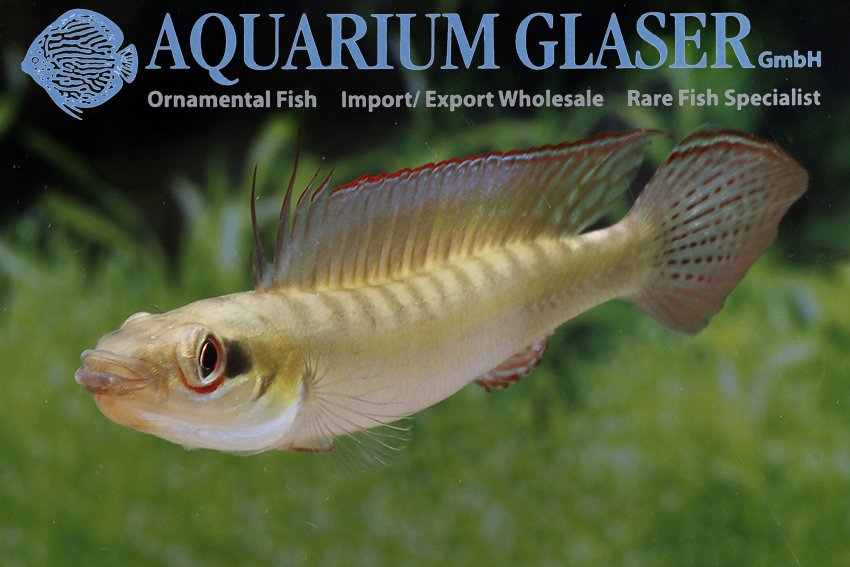Eddiekay1010
Member
- Messages
- 63
- Location
- United States

I'll get a pic of what I believe is a male, the group as a whole is young. This is my first time keeping any Crenicichla, but from what I've read, females have the dorsal occeli and males lack it, is that always the case or can males also have occeli? If so, then I have only 1 male out of 5 fish and at the moment.Males have extended dorsal lappets? Not sure I could tell a female cf. regani “orinoco” from a female notopthalamus without a male for reference
ThanksComparing with the footage from Aquarium Glaser, I think you are right.

Crenicichla notophthalmus - Aquarium Glaser GmbH
Die Gattung Crenicichla ist mit rund 100 Arten eine der artenreichsten Buntbarschgattungen überhaupt und dennoch gibt es zahlreiche Formen, die, wenn wir sie lebend zu Gesicht bekommen, nicht recht zu den beschriebenen Arten passen wollen. Umgekehrt gibt es aber auch beschriebene Arten, an deren...www.aquariumglaser.de
Which is why the origin location is so important.Males have extended dorsal lappets? Not sure I could tell a female cf. regani “orinoco” from a female notopthalamus without a male for reference
The text I linked emphasizes that it's the other way round and only concerns C. notophthalmus.from what I've read, females have the dorsal occeli and males lack it, is that always the case or can males also have occeli?
Correct. Occeli = femaleI'll get a pic of what I believe is a male, the group as a whole is young. This is my first time keeping any Crenicichla, but from what I've read, females have the dorsal occeli and males lack it, is that always the case or can males also have occeli? If so, then I have only 1 male out of 5 fish and at the moment.
Here are some pics of the male, I'm thinking it's sp. orinoco now instead of notopthalamusMales have extended dorsal lappets? Not sure I could tell a female cf. regani “orinoco” from a female notopthalamus without a male for reference